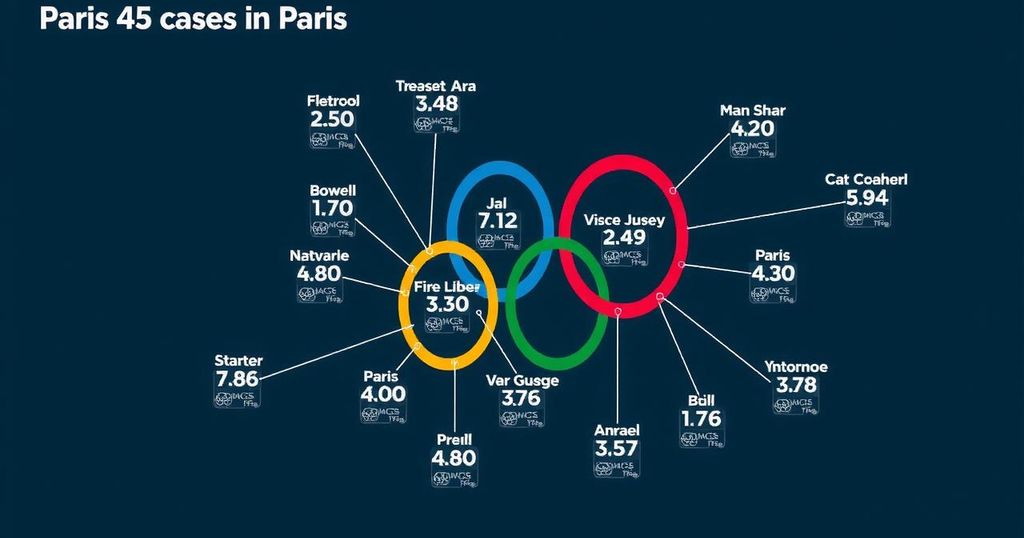Paris Olympics Anti-Doping Program Identifies 45 Cases of Rule Violations
Summary
The Paris Olympics anti-doping program identified 45 cases, including five positive tests during the Games. The International Testing Agency reported a total of 6,130 samples collected from 4,150 athletes, marking increased testing compared to previous Olympics. Samples will be stored for 10 years to allow re-analysis when better testing methods are developed. Disciplinary actions against athletes from five nations are currently in progress.
The anti-doping initiative associated with the Paris Olympics has resulted in the identification of five new instances of rule violations, in addition to a prior count of 40 infractions leading up to the Games. According to the International Testing Agency (ITA), which oversaw the program, a total of 6,130 samples were collected from 4,150 athletes during the Olympic period from July to August. This marks a commendable increase, with nearly 39% of the athletes being tested—a 4% rise compared to the Tokyo 2020 Olympics and a 10% increase from Rio 2016. Among the nations contributing to the significant number of tests were the United States, France, China, Australia, and Britain, which all fielded large teams. Notably, it was reported that nearly 90% of participating athletes had been tested at least once prior to the commencement of the Games. In total, the ITA documented over 40 anti-doping violations originating from both the pre-Games and during-the-Games testing initiatives. Following the confirmed positive tests during the Olympics, the athletes in question, hailing from Afghanistan, Bolivia, Congo, Iraq, and Nigeria, had their results annulled or were barred from competing. The substances linked to the violations included anabolic steroids and a diuretic. Presently, disciplinary actions are being undertaken by the respective governing bodies of the athletes’ sports. Importance was placed on the prolonged storage of the samples, which are to be preserved for a decade, allowing for potential re-analysis alongside advances in testing methodologies and the emergence of new intelligence concerning doping practices. The ITA was established by the International Olympic Committee in 2016 as a measure to enhance the independence and efficacy of global anti-doping efforts, providing a structured approach to testing protocols on behalf of various sports organizations.
The International Testing Agency plays a pivotal role in the management of anti-doping efforts within global sporting events, such as the Olympics. Created in 2016, the ITA functions under the auspices of the International Olympic Committee, with the objective of providing credible testing frameworks designed to deter doping violations. The Paris Olympics have seen rigorous testing protocols aimed at ensuring fair competition and upholding the integrity of sports. Given the complexities and evolving nature of doping substances and methods, the initiative includes provisions for long-term sample storage and re-analysis, which is crucial for maintaining the integrity of competition and adapting to advancements in scientific testing.
In summary, the anti-doping program for the Paris Olympics has successfully identified a total of 45 rule violations, emphasizing the effectiveness of ongoing testing and surveillance within the athletic community. With nearly 40% of athletes tested during the Games, the initiative marks a significant advancement in anti-doping efforts since previous Olympiads. Furthermore, the approach of storing samples for a decade underscores the commitment to combatting doping effectively in the future and adapting methodologies as advancements in testing emerge.
Original Source: www.cbc.ca








Post Comment